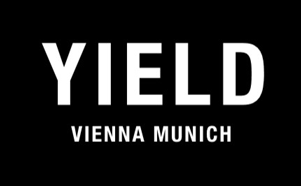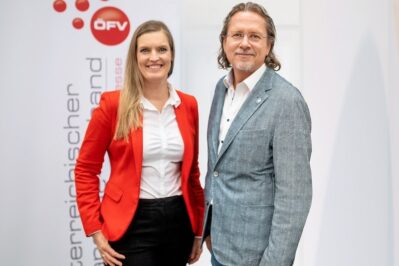
Y PR will never be able to sell sh** for gold
Or: Why PR needs a firm foundation
In the last blog entry we noted that advertising and PR are different in many ways. They are not interchangeable, but they can be combined well and are strongest together.
Advertising is in some ways like a play - a genre in which many things are allowed, including strong exaggerations. The audience with an affinity for the stage is familiar with this presentation and is consequently not surprised by exaggerated gestures, facial expressions or articulation. The example is meant to illustrate how much PR differs from advertising. Stricter guidelines apply to it, because PR has to take the rules of the media to heart. PR also offers a company a stage, but it is more like a successful presentation in which factual arguments are used. Factual should not mean that a topic has to be prepared in a boring way - even a full-blooded journalist tries to process topics in an interesting way. In this sense, the contents addressed to the media may be presented in a pointed and self-confident manner. Excessive whitewashing or the concealment of facts, on the other hand, are no-goes and can quickly turn into the proverbial eye.
Let's think like a journalist
The task of PR is to convince journalists or the media to report on a topic, or even on a company and its product or service. The journalist is an intermediary and in this role must think about his target group - journalists have a responsibility towards consumers. The topics covered should represent added value for the readers/viewers/listeners. Therefore, the journalist checks them for topicality, relevance, credibility and regionality.
Professional PR is therefore much more selective in its choice of topics than advertising. It is not a matter of praising the customer to the skies or appearing particularly shrill, but rather of highlighting, for example, the USPs of a company that actually set it apart from the competition. In this way, the media professional can be convinced of the benefits for the public. It is best to focus on what you are good at rather than stating or faking non-existent strengths. Before a journalist goes into an editorial meeting, he subjects the collected topics to a relevance check: What does a company's activity mean for readers, society, the economy, our environment or technological progress? Therefore, it makes sense for the company's PR advisor to put himself in the journalists' shoes and deal with these questions before implementing PR measures. In this way, one can approach press representatives in a targeted manner and offer them topic suggestions with real added value.
From a reliable source
A study conducted in Germany on behalf of the media intelligence company Cision[1] underlines that two things are particularly important for the media: Being able to guarantee the accuracy of journalistically processed content and being seen as a trustworthy news source. Three quarters of the participants prioritised these aspects respectively. Traceability is thus the hard currency for journalists. It is based on facts and figures, because these help the journalist (and the audience) to classify a topic. Corporate successes or pro-arguments such as belonging to growth markets or the increased demand for certain products or services are all well and good, but they must be substantiated in the form of reports or studies and embedded in an interesting thematic environment.
Check, Recheck, Doublecheck
If a personally proposed topic or a press release has no substance, journalists are usually quick to expose it. The journalist ethos entails not just scratching the surface. Journalists know exactly what questions to ask in order to check the content for accuracy. It is not for nothing that journalism schools like to use the motto "Check, Recheck, Doublecheck". False information is, of course, absolutely taboo, because lies have short legs and have never paid off in the long run. If sloppily researched facts or even deliberate misinformation are passed on, it can end in a fiasco that goes far beyond the journalist's admonishing words.
While advertising is often short-term oriented and one campaign is overshadowed by the next, the situation is different at the interface between PR and editorial staff. If a journalist is not satisfied with the content provided, this is burned into his memory, sometimes forever. So mistakes could damage a company's reputation for a long time. The stakes for the media are also high: If a false report becomes public, its credibility is damaged. However, if we assume the ideal case and the media representative receives the desired content in the desired quality - and preferably quickly and at the agreed time: then a lasting relationship of trust can be built up from which both sides and also the consumers benefit.
Reconciling enthusiasm and information
PR and advertising can help to positively influence public perception and also the economic success of a company. Just as a house needs a foundation, a functioning business model and economic framework is the basis for PR. When presenting oneself to the outside world, one can be a little striking, but not too exaggerated. For this balancing act, a multi-dimensional strategy lends itself well. One part of the consumer wants to be carried away and excited without going into depth - that's what advertising does best. The other part wants to be informed in a factual way and without gimmicks - ideally through PR. If you combine advertising with PR, the needs of both groups are satisfied.
In the next blog post I would like to discuss - and as the owner of a PR agency I can tell you a thing or two about this - why good PR consultants are so hard to find.





